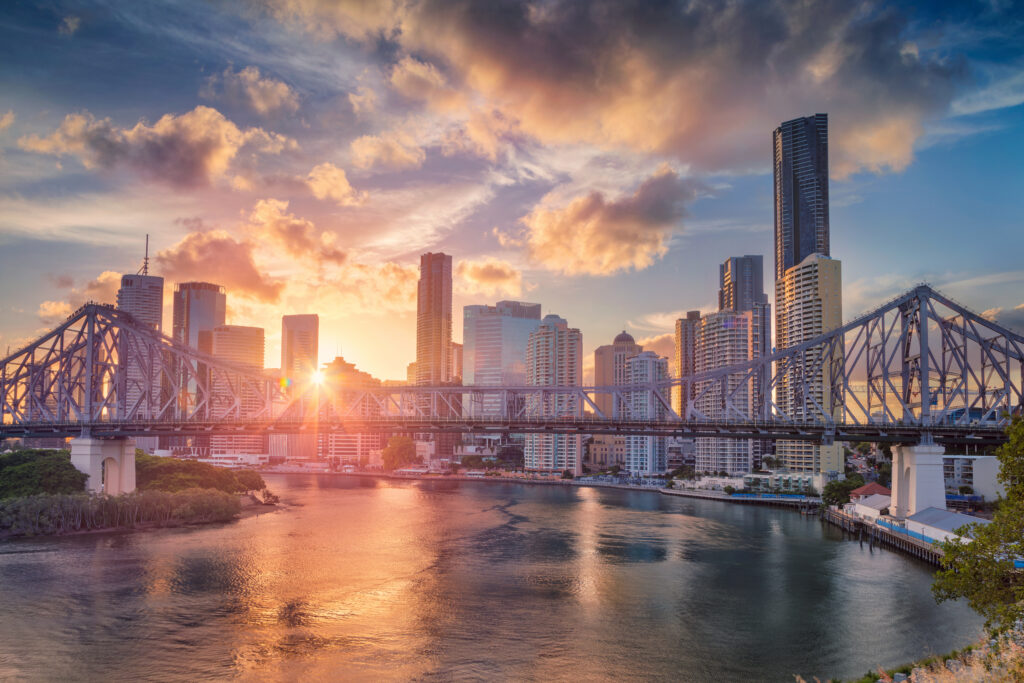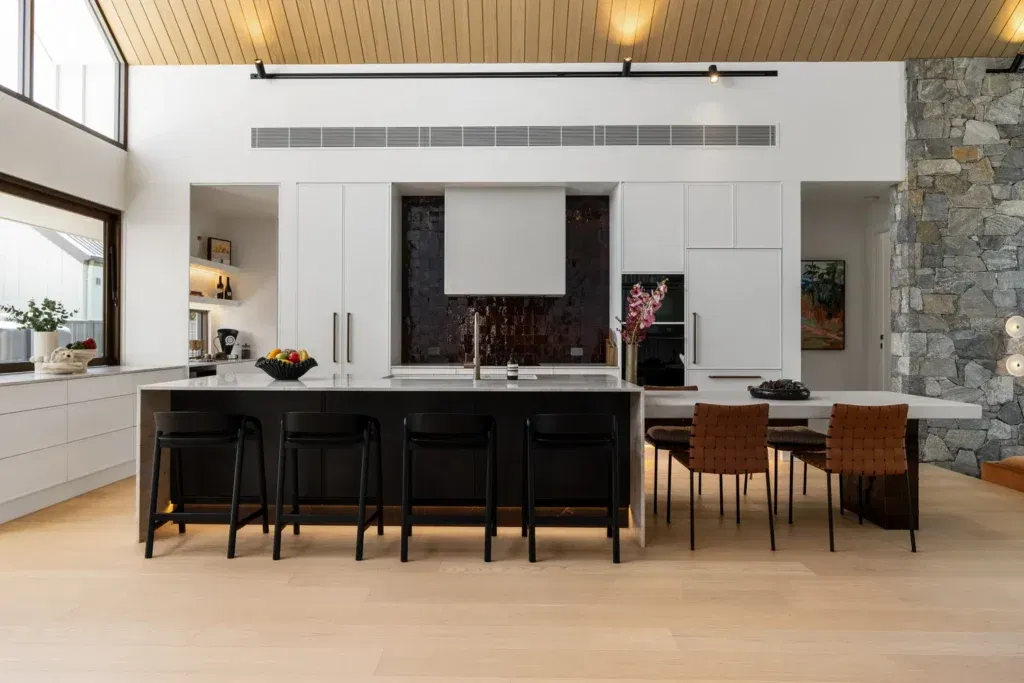
Joel Davis,
Strategic Director at Image Property.
How has Brisbane’s market fared over previous economic downturns?
Media headlines are currently obsessed with predictions of significant property price falls that are seemingly “imminent”.
Most of the major banks have forecast price drops of up to 30 per cent, which has never actually happened in the history of Australian capital city real estate I might add.
I’m not too sure where they are getting their insights from, but I prefer to consider what has happened before as a barometer of what may happen in the future.
New research has just been released which does just that, with the results providing some much-needed clarity as well as good news on future property prices. You see, over the past four recessions or economic downturns, property prices continued to grow over the five years following each event, according to the PIPA research.
In fact, the analysis found that house prices increased by up to 100 per cent in some locations within five years of an economic shock or recession.
Brisbane prices resilient
When it comes to Brisbane, history shows us that house prices strengthened, sometimes considerably, following an economic downturn.

Five years after the recession of 1973 to 1975, Brisbane’s median house price grew by an impressive 49.7 per cent in the following five years.
The recession of the early ‘80s resulted in Brisbane median house price growth of 20.4 per cent by 1988.
Even, the ‘recession we had to have’ of the early 1990s, saw Brisbane house prices increase by 23.3 per cent by 1996, according to the research.

It’s fair to say that Brisbane had a double economic whammy during the GFC, with the floods happening in 2011 as well.
But even a global financial meltdown, and a natural disaster, weren’t enough to see Brisbane house prices fall dramatically.
In fact, by 2014, the Brisbane median house price had grown by 6.1 per cent since the start of the GFC.
That is why I get so annoyed with these phony “forecasts” of what is likely to happen to house prices.
Over the past 50 years, in arguably worse financial conditions than what we are currently experiencing, prices have held firm.
This time around, we have interest rates lower than they have ever been as well, so I just do not understand the “logic” of some of these overly dire predictions.
Buying property, whether as a home or an investment, has always been about focusing on the long-term. That’s why, even when there might one year of moderate price falls, it shouldn’t cause anyone to believe that prices are going to continue to reduce year after year.
Just consider 2011, when every capital city actually posted house price reductions, partially due to GFC stimulus funds running out, according to the research.
The following year, prices started to firm in most locations and continued that trajectory.
We may well see that situation happen again with a temporary softening of prices.
However, history shows us that property has always been resilient in the face of economic turmoil. And that should give everyone some much-needed perspective about what may be ahead for property prices.


